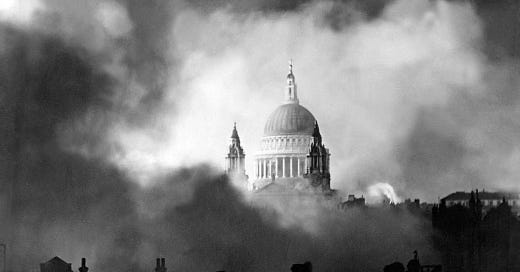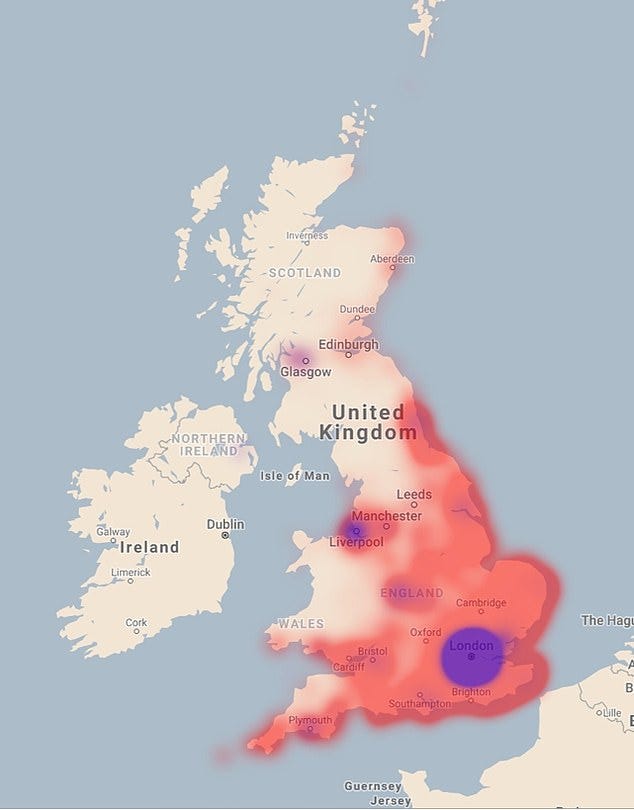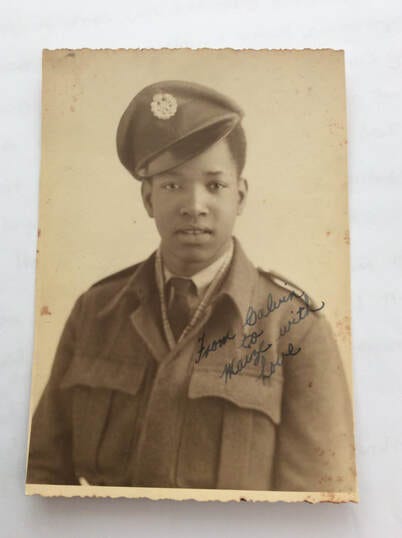World War 2: it’s a huge area of study for which there are a myriad of websites and resources available. This piece gives an outline some resources that could be utilised in a Key Stage 2 study of WW2 although all these resources could also be used at secondary level. I’ve come across many of these resources while planning a local history unit linked to WW2: although some sites are fairly generic there are some that are quite Yorkshire-centric.
1. Commonwealth War Graves Records
This is a fantastic resource for finding out more about individuals who fought and died in the WW1 and WW2. It works particularly well for pupils studying the local history of the wars and they can use these records in conjunction with a visit to their local war memorial to find out more about the real people behind the names (pupils may even uncover some family connections in their research).
The records are searchable for WW1 and WW2 and give information such as soldiers’ full names, the age when they died, their home address, names of parents and where they are buried.
The records can also be used to spot trends: what was the average age of solidiers?; what sort of occupation did they have prior to enlisting?; were they in different regiments or the same one (this would be interesting to explore regarding the WW1 ‘Pals Battalions’ and the impact on the local community)? If you had time, you could even map where each soldier came from on a local map of your town.
2. BBC School Radio
https://www.bbc.co.uk/teach/school-radio/history-ks2-world-war-2-clips-index/zjc8cqt
Love this resource as you can actually hear the voices and sounds of the war. From Neville Chamberlain’s and Winston Churchill’s speeches to interviews with eyewitnesses and WW2 songs, there’s a range of audio sources that could be used when exploring what life was like on the Home Front. There’s even air raid sirens and an air raid montage, which I’ve used during some drama work to get pupils to imagine the atmosphere of an air raid.
3. Imperial War Museums Collections
A vast collection of sources (as you would expect) including documents, photographs, objects, posters, film and audio recordings of eyewitnesses recounting their experiences. There is a searchable bank of photos and sources so it’s easy to narrow down what you’re looking for; this is especially useful when looking for resources linked to a particular place. There is also a section on artwork depicting 20th Century conflict, which is a great resource not just for History but also for art lessons linked to this period.

4. National Archives Collection
This website has some super resources for finding out what life was like on the Home Front. The link above is now archived content but there are some really useful examples of sources linked to a number of areas of WW2 including evacuation, the Women’s Land Army and salvage. If you click on the ‘Print Resources’ button at the top of each section you can download sources relevant to each theme.
5. Bomb maps
If you are studying the London Blitz, the above site is an interactive map showing the specific location of bombings during WW2.
Similarly, there are maps for Leeds and the West Riding and the York Blitz (see links below). These resources allow you to see where bombing was most intense and which districts of our cities were targeted the most, which you could link to map work using historic -or even modern day - maps to find out what physical features were in a particular area and why the Luftwaffe might have wanted to target these places.

Bombing heat maps such as the one below can also be used to make links with the more general geography of the UK as well as helping pupils answer enquiry questions about why there were more attacks on some areas than others.
Here are the links to some examples I have found, however you’re looking at the impact of the bombing locally a search for bomb maps in your region should yield something.
Leeds:
https://www.leedsbeckett.ac.uk/school-of-cultural-studies-and-humanities/leeds-blitz/bomb-map/
York:
https://raidsoveryork.co.uk/digital-map/
Sheffield Blitz:
https://www.visitnesm.org.uk/post/remembering-the-sheffield-blitz
Liverpool Blitz:
https://www.liverpoolecho.co.uk/news/nostalgia/liverpool-blitz-animated-map-charts-9945979
7. Commonwealth/Empire countries in WW2
https://www.africansinyorkshireproject.com/raf-ww2-recruits.html
The above website gives an insight into some of the Caribbean servicemen stationed at Humnaby Moor near Filey, West Yorkshire. There are accounts from the servicemen or close family members relating their responsibilities and experiences serving during WW2. This would be a good source for discussing the role of former Empire countries in WW2 and for highlighting the global nature of the conflict.
8. WW2 Database
This is another huge online resource, which would also be suitable for KS3 and beyond. This is great for teacher background knowledge about the war in general and there are photos, videos, written documents and maps linked to various aspects of the period.
9. BBC People’s War
https://www.bbc.co.uk/history/ww2peopleswar/
Between 2003 and 2006, the BBC asked members of the public to contribute their recollections of WW2 to a website. This content is now archived here and is a collection of eyewitness accounts and images. There are 47,000 stories and 15,000 images, which are separated into different categories.
10. Your local museum
Don’t forget to use your local points of contact. Your local museum is a great place to start if you’re focusing on the impact on your town/area and the contribution of local people to the war effort. It’s really worth checking out your local museum service’s website: many have pages or downloadable resources dedicated to WW2 about your area. It’s also worth getting in touch with them to see if there are any physical artefacts that they can provide for use in the classroom and they may be able to put you in touch with people who are particularly knowledgeable about a specific period.






